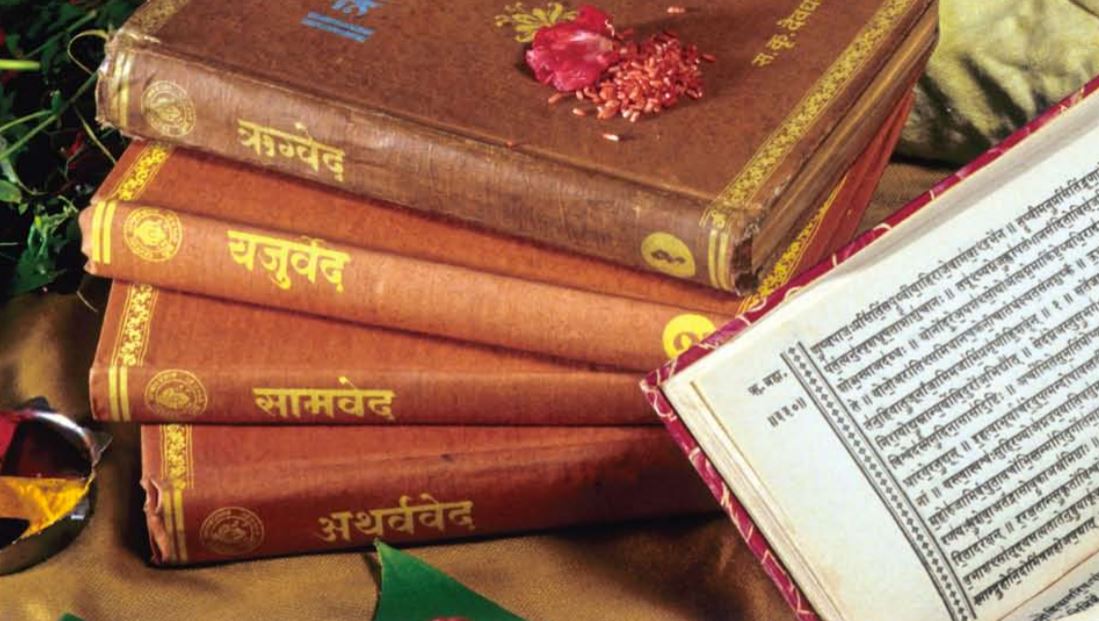Depths of Vedas: An Overview
The Vedas stand as the ancient pillars of wisdom, embodying the essence of our civilization. These revered scriptures comprise various branches and sub-branches, each holding a treasure trove of knowledge waiting to be unraveled. Today, let’s delve into a nuanced contemplation of these timeless texts.
Delving into the Taittiriya Aranyaka
In the Taittiriya Aranyaka, a compelling narrative unfolds. It recounts the story of Bharadwaja, who, after traversing through three stages of life – childhood, youth, and old age, embraced the path of celibacy (Brahmacharya).
The Infinite Nature of Vedas
The Vedas are often described as infinite: “anantā vai vedāḥ”. When queried by Indra about his intentions for the fourth stage of life, Bharadwaja expressed his desire to fathom the depths of the Vedas. Thus, he pledged to dedicate his remaining lifespan to the pursuit of celibacy and the study of the Vedas.
Unveiling the Essence of Vedas
Indra, in response, revealed three majestic mountains to Bharadwaja, symbolizing the Vedas’ vastness. He questioned Bharadwaja on how he could possibly comprehend their entirety. Indra then handed him three handfuls of earth, signifying that for humanity, these were sufficient, as the Vedas are indeed infinite.
The Classification of Vedas
The Vedas are categorized into four sections – Rigveda, Yajurveda, Samaveda, and Atharvaveda. These divisions, revealed by Indra to Bharadwaja, manifested as the Vedatrayi (Rik, Yaju, Sam) according to the numerical order of the Vedas.
The Evolution of Vedic Studies
In ancient times, the study of Vedas was a complex endeavor. However, with the onset of Kali Yuga, marked by human frailty and shortened lifespans, Sage Vyasa, an incarnation of Lord Vishnu, partitioned the Vedas into four distinct sections. These divisions, known today as Rigveda, Yajurveda, Samaveda, and Atharvaveda, simplified the pursuit of Vedic knowledge.
Unraveling the Branches of Vedas
Among the myriad branches of Vedas, only a handful remain extant. Rigveda boasts 21 branches, Yajurveda comprises 101, Samaveda boasts 1000, and Atharvaveda encompasses 9 branches. Out of these, only 12 branches are preserved in their entirety, with 6 branches actively studied today.
Understanding the Components of Vedas
Each branch of the Vedas is structured into four distinct components:
- Samhita: The collection of mantras.
- Brahmana: Detailed explanations of rituals and their significance.
- Aranyaka: Delving into spiritual insights and transcending worldly attachments, often associated with the hermitage (Aranya).
- Upanishads: Primarily focused on philosophical contemplation, exploring the concepts of Brahman and Atman.




